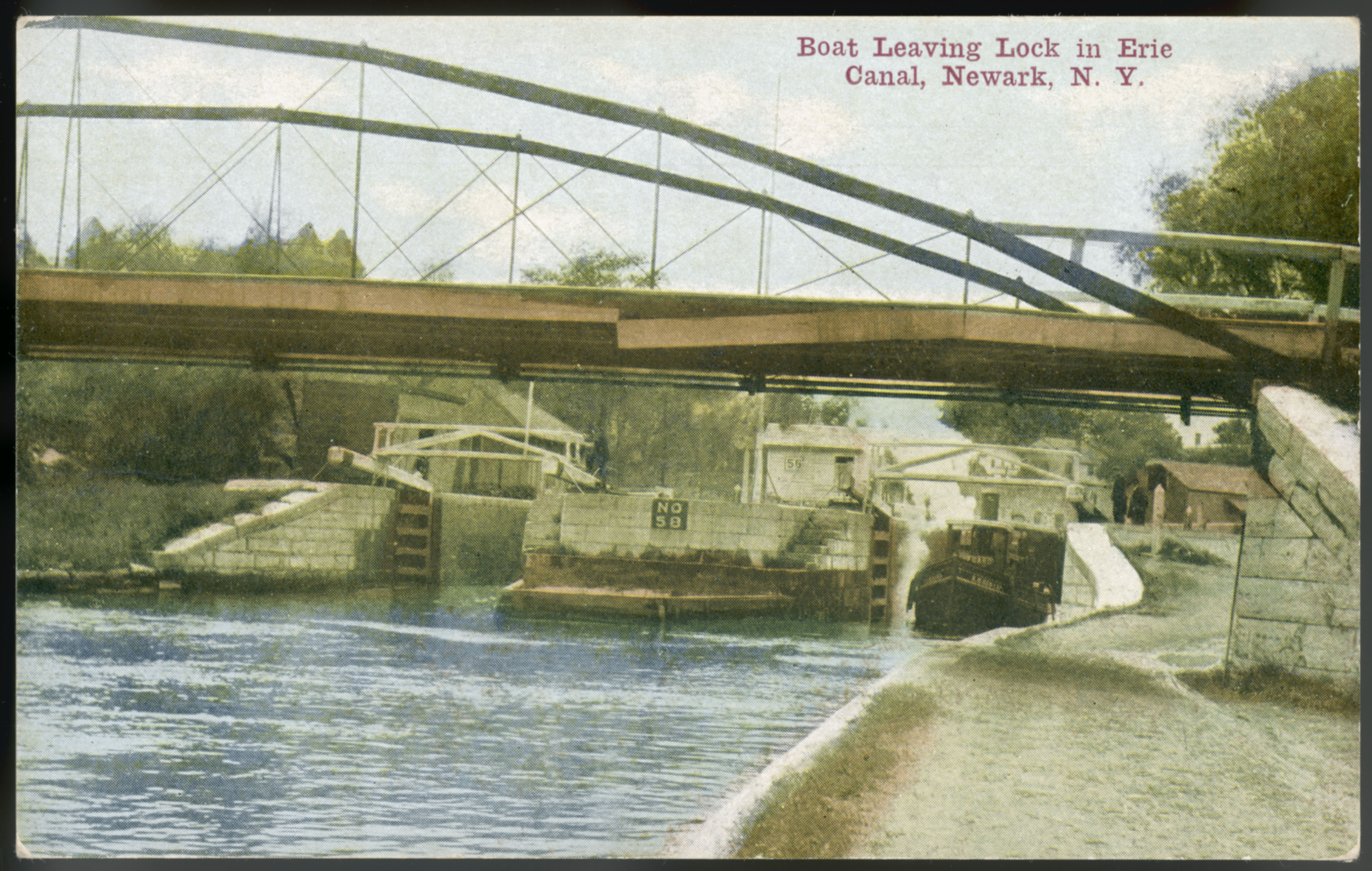
Infrastructure such as canals, interstate freeways, and the internet provide a foundation that enables the economy to boom.
This is one of many ideas I’m enjoying as I look at John Steel Gordon’s explanation of An Empire of Wealth: The Epic History of American Economic Power.
In the 1790s, the road system in the US was so poor that farmers in western Pennsylvania could not afford to ship their grain to the east coast. To make a living they had to distill their grain into whiskey so they could afford the shipping costs. A new thing I learned is how to describe that situation: value-to-weight ratio.
For grain the value-to-weight ratio made it unshippable, but for whiskey the far higher value in an amount of weight made it profitable. It’s funny when you think about it: farmers had to make booze in order to sell their grain.
Thus the imposition of federal tax on booze created economic distress for farmers, which in turn generated the whiskey rebellion in 1794.
Page 98 provides more details.
Canals
Consider then the impact of government funding a transportation system, specifically the Erie Canal, as discussed at around page 100 to 108.
In 1825 the canal was finished. The book gives this info for shipping one ton of flour from Buffalo to New York City:
- Value of one ton of flour:
- $60
- Shipping costs:
- $120 – before canal
- $6 – after canal had been in operation a while
- Shipping time:
- 3 weeks, or 21 days – before
- 8 days – after
That means shipping costs dropped from 300% of the value of flour to 10% of the value. That is a 95% drop.
Shipping time dropped from 21 days to 8, a decline of 62%.
That is a staggering drop in the cost of transportation.
As you would expect, the economy in New York state boomed.
The book explains another collateral impact of the canal: villages all along the canal route grew into towns. Towns along the route grew into cities.
At the time, things like canals were called ‘internal improvements.’ Today we call that ‘infrastructure.’
With a foundation which allows a reduction in costs, economic activity accelerates.